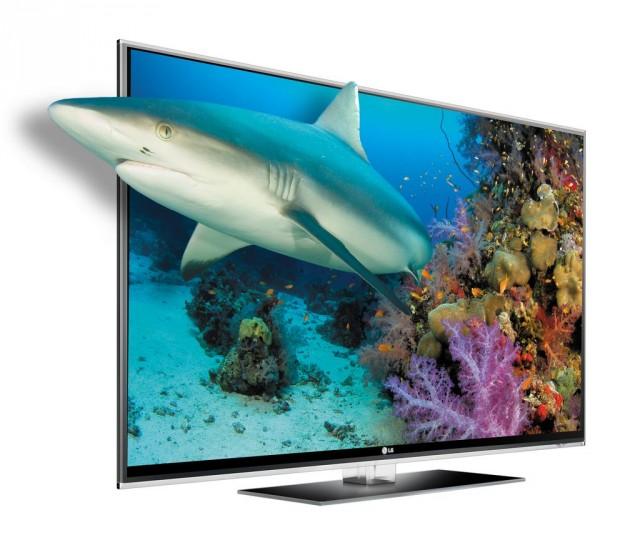 3D television with no glasses is the phrase being touted by Philadelphia-based Stream TV Networks which is promising to unveil a product during CES 2012, that will show off: “unprecedented autostereoscopic 3D imagery.”
3D television with no glasses is the phrase being touted by Philadelphia-based Stream TV Networks which is promising to unveil a product during CES 2012, that will show off: “unprecedented autostereoscopic 3D imagery.”
The product has been branded as “Ultra-D,” and to go with the big name is big expectation. Stream TV claims that Ultra-D will make 3D television simple and accessible by converting 2D content into 3D autostereoscopic (without glasses), as well as taking any 3D stereoscopic content and making it watchable in 3D without glasses; though there hasn’t been much explanation as to how it will accomplish this.
The aim is to speed up 3D adoption. Rather than waiting for more 3D content to come to consumers, Stream TV wants the content to come to 3D tech. The unlimited, real time conversion supposedly works with all formats such as DVD, PC gaming, Blu-ray, cable and more. The company says there will be products for TVs as well as converter boxes, tablets, laptops, gaming devices, mobile phones and even digital picture frames.
“We are extremely proud of what we have been able to accomplish with our Ultra-D technology. It is capable of creating a significant shift in the way people view media, comparable to the transition from black and white to color TV,” said Stream TV’s CEO Mathu Rajan. “Our ultimate goal was to create a solution that addresses existing concerns impeding the adoption of 3D—consumer aversion to expensive glasses, viewer discomfort, variance in individual vision and preference and the slow creation of 3D content.”
Yes, aside from the “no glasses” tag, Rajan is also pushing the customization of 3D as a prominent feature which will address spatial perception by increasing or decreasing the 3D rendering; no more one-size-fits-all. A revolutionary product comparable to the transition from black and white TV? We’ll have to have to wait until the press unveiling at CES to find out more. The Ultra-D product launch will happen on January 9 at CES 2012.
Editors' Recommendations
- The best 3D printers under $500
- Father’s Day Gift Idea: These cheap 3D printers are on sale for less than $300
- 3D-printed replica of Michelangelo’s David statue is less than 1mm tall
- Ford’s 3D knitting tech ensures your seats won’t burst at the seams
- Edelkrone’s 3D-printed wearable monopod fits in your pocket and your budget


